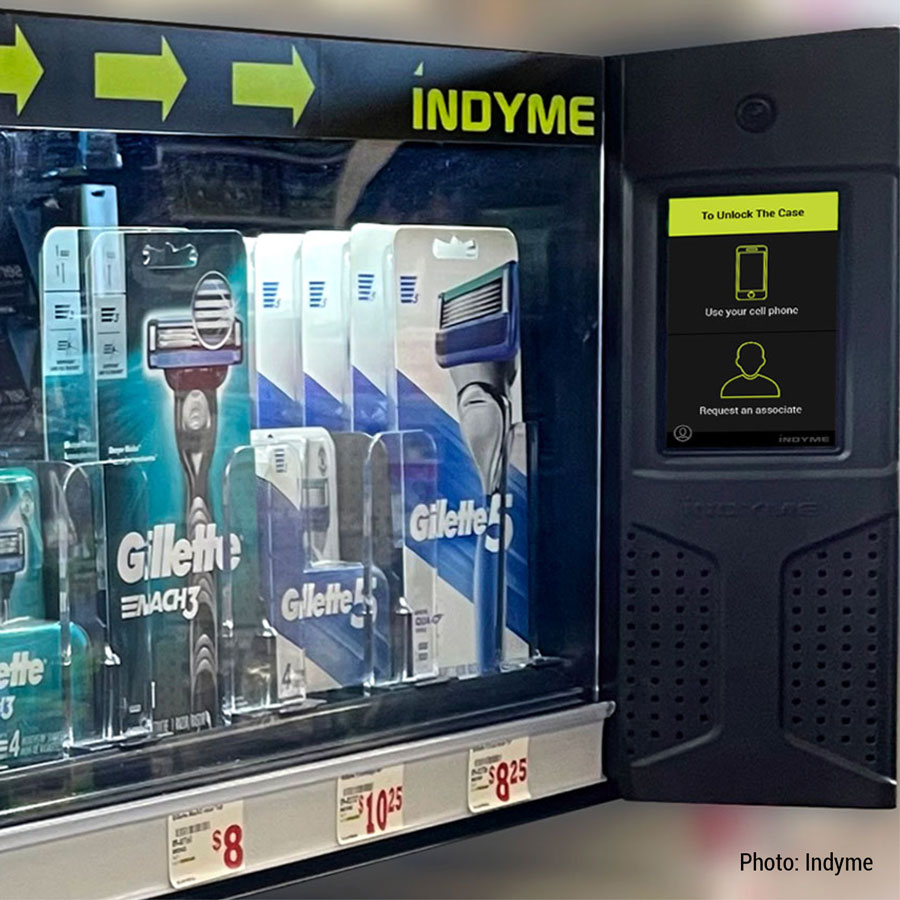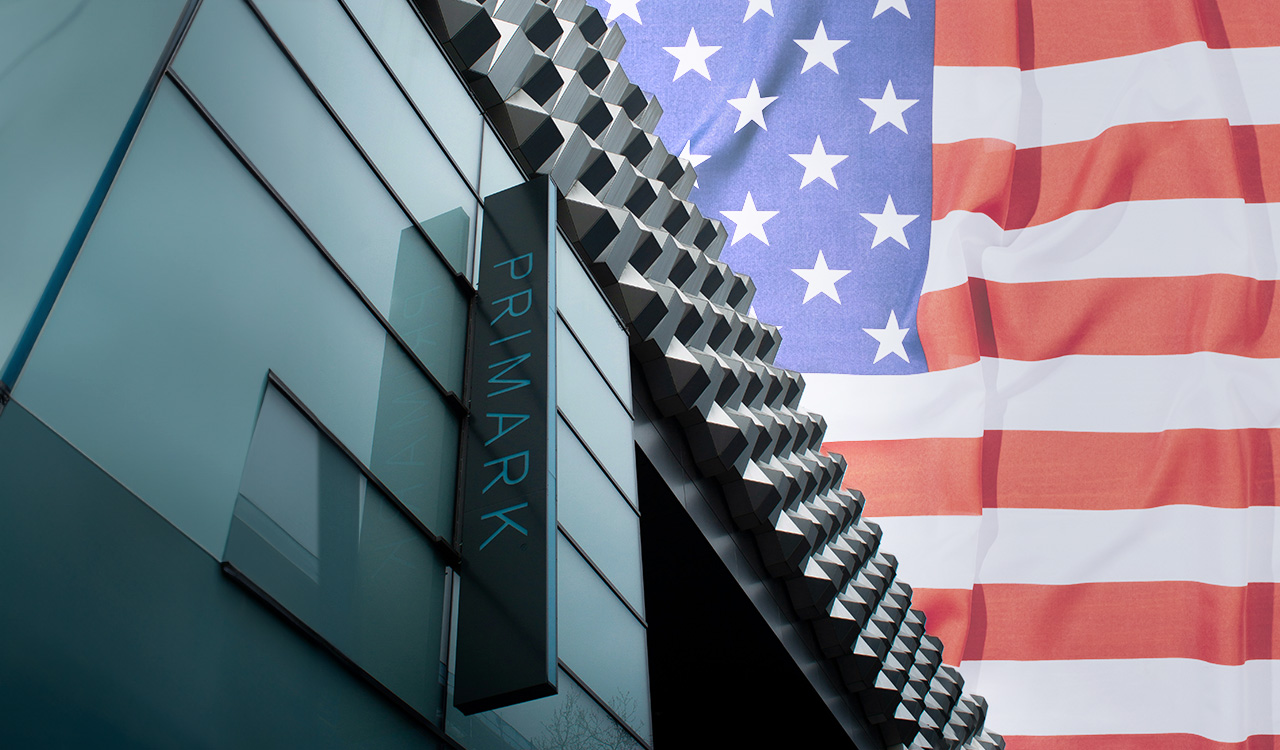We all know about Amazon’s just-walk-out format. And just-in-time supply chain systems have been the rage for decades. Now, welcome to just-say-no retailing.
It’s a thing.
Theft and stealing in retail stores have become a legitimate problem across the country, both simple and singular acts and larger-scale coordinated robberies that result in significant hits to store merchandise levels. The National Retail Federation says total annual shrink, all-in, hit $94.5 billion in 2021, up from $90.8 billion the year before. Target alone said it’s looking at half a billion dollars in losses due to theft this year alone.
In response, retailers around the country are taking various steps to try to combat the crime wave — but some seem to be taking the effort to the brink of maximum-security prisons.
Up Against the Walgreens
It almost seemed like a joke when the news first broke. The extreme case of a big national retailer trying to deal with theft is the vault-like store that Walgreens recently opened in a downtown Chicago neighborhood. The big national drug chain took an existing store at 2 East Roosevelt Road and reconfigured it to just two aisles containing many of the basics one would expect to find in today’s modern drugstore: over-the-counter medication, bath and body items, batteries, and snacks.
So far so good, but everything else in the store – most health and beauty products including hair treatments, as well as beer, wine, and hard alcohol, plus gift cards – are all locked behind barriers and must be ordered via an electronic kiosk device. Prescription drugs work the same way.
Once a store employee fulfills the order it is brought to a separate check-out area where the shopper pays for it and picks up her purchases. Walgreens told CNN the store addresses the needs of the digital shopper and was not specifically designed to address in-store crime. The store, it said, was designed to “enhance the experiences of our customers and team members.”
OK, that certainly sounds promising, but if you’re trying to shop the store you can’t help but think it’s been designed to combat theft. And you wouldn’t be alone in that conclusion. “I don’t want to speculate on Walgreens intention with the redesign of the store,” John Hassard, a security expert with forensic company Robson Forensic, told CNN, adding that the more stuff locked away the less chance that stuff will be stolen. But the downside is clearly there. “As a retailer, if you lock up products, no matter what system you use to try to get the merchandise to customers quickly, it does slow down the shopping experience,” he told CNN. And this doesn’t even consider how unfriendly and hostile the in-store environment is. You stand guilty before you shop.
Retail Steals Take on a New Meaning
Walgreens is far from the only retailer to try to figure out how to deal with this crime wave. Dollar Tree, after specifically citing shrink as a hit to its earnings of 14 cents a share, is also locking up more of its merchandise as part of what the company calls “defensive merchandising.” CEO Jeff Davis on a recent analysts call said some of the blame is for retail in general and some “is, of course, particular to us. We don’t particularly care for it because we know that impacts sales,” he said in describing locked-up products.
Lowe’s is testing a program called “Project Unlock” that requires a RFID chip embedded in its high-priced items like power tools that can only be unlocked once they are purchased, and the consumer receives certain coding.
Some supermarket chains like Kroger and Safeway ask shoppers to provide their mobile phone numbers to receive a code to unlock certain merchandise on their store shelves. And numerous chains are putting premium goods behind plexiglass barriers, far more than in the old days when the security shelving was only used for razor blades, condoms, and other smaller items easy to slip into a handbag or pocket.
The Catalog Showroom Fiasco
If any of this multi-step process to buy things in a retail store sounds vaguely familiar, you may have a long memory back to the days of the catalog showroom.
A late 20th-century phenomenon, retailers including Service Merchandise and Best & Co. expanded rapidly, providing shoppers with a printed catalog and in-store displays that required multiple steps to make a purchase: One counter to place your order, another to pick it up and a third to pay for it. Needless to say, shoppers soon grew tired of all of this counter-unintelligence and the format died out almost as quickly as it started. It was not missed.
Today’s in-store merchandising maneuvers to combat theft seem to bear more than a passing resemblance to the convoluted shopping process of catalog showrooms. Consumers will clip coupons until their hands are sore; they will get up at 5:00 in the morning on Black Friday, and they will trample their fellow shoppers for a deal. But they won’t wait around forever to make a purchase. It’s the reason why Piggly Wiggly created the self-service supermarket. Why gas stations allow for pay-at-the-pump service? And oh, by the way, this thing called the Internet came along to make shopping faster and easier.
What’s a Retailer to Do?
In a way, you can’t blame retailers for trying to solve all this rampant stealing. It’s a real problem hitting bottom lines and margins with a vengeance. And there are only so many security guards, hidden cameras, and turnstiles at store exits retailers can employ before stores look like federal penitentiaries.
Crime, like the weather, has always been a go-to excuse for retailers looking to explain away poor results. And it’s not like it’s not true. This wave of theft is real and not going away. But so far, retail solutions leave much to be desired. As one shopper told the Associated Press in a recent story on all of this, “If they’re going to make it that hard to buy something, I’ll find somewhere else to buy it.”




